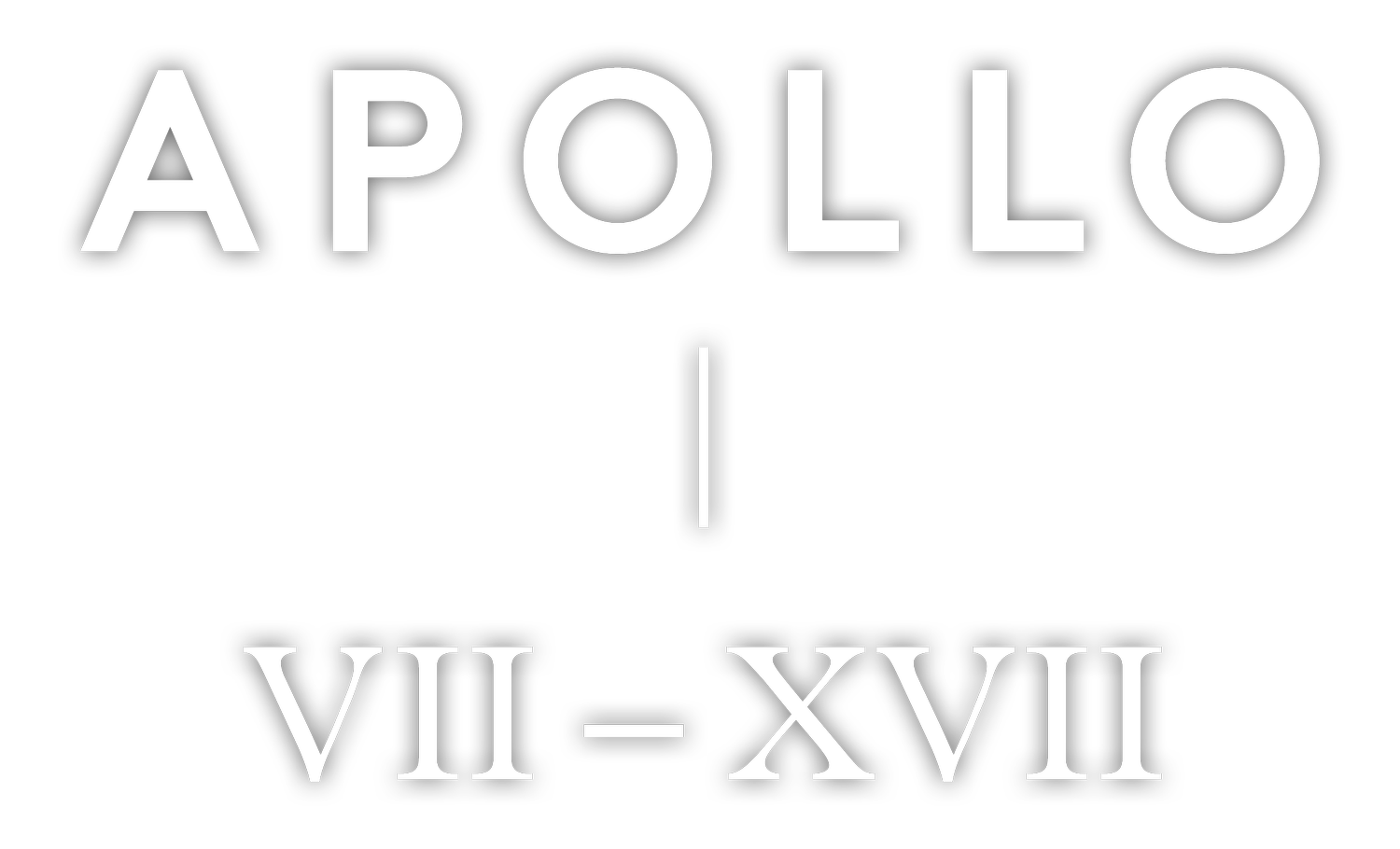
Staying true to what the astronauts really saw
Bringing the past back to life
For decades, the original Apollo film rolls were stored deep in NASA’s archives. While invaluable, the early scans of this material came with many challenges: faded colors, uneven exposures, surface scratches, and countless dust particles picked up over time. Because of this, fine details and crucial elements were (partly) lost, despite the high-resolution scanning techniques. Restoring the archive meant carefully correcting these flaws while preserving the authenticity and historical texture of the photographs.
“When you get back... you will be a national hero. But your photographs... they will live forever. Your only key to immortality is the quality of your photography.”
Richard W. Underwood
NASA Chief of Photography for Mercury, Gemini and Apollo
When astronauts became photographers, history became art
The restoration process involved carefully balancing exposure and contrast, repairing damage such as dust and scratches, and refining the color grading to bring each image back to life with the clarity and depth the astronauts originally saw.
Exposure and contrast
Each frame was rebalanced to restore the natural light and shadow that the astronauts originally captured.
Repairing the image
Dust, scratches, and other imperfections accumulated over decades were meticulously removed.
Color grading
Subtle adjustments restored accurate hues and tones, giving the photographs their original vibrancy.
A broader view of Apollo
By digitally stitching together overlapping frames from the original 70mm film scans, we created seamless panoramas that were very challenging to achieve. Amongst other difficulties, the astronauts worked in extreme environments, wore bulky suits and lacked a viewfinder, naturally leading to irregular framing and lens flares. Despite these obstacles, the resulting composites reveal the lunar surface in ways never seen before, expanding the astronauts’ perspective and offering a broader, more immersive view of Apollo’s journeys.
A journey through time and space
With backgrounds in advertising, photography, and image restoration, our work on the Apollo images began long before this book took shape. Years of dedication to the NASA archive have culminated in a unique perspective on the Apollo program—and quite possibly the most complete and finely restored set of photographs from the Apollo missions ever published.
Floris is a storyteller with a sharp eye for detail and visual narrative. He brings clarity and emotional depth to restored space photography, translating complex archives into compelling human stories from the Apollo era and beyond.
Floris Heyne
Joel is an image specialist with deep expertise in photographic restoration and NASA’s digital archives. He focuses on preserving authenticity while enhancing clarity, and helped produce the highest-resolution versions to date of Voyager’s historic photographs.
Joel Meter
Simon has a background in editorial design and copywriting. As co-author of Voyager, he focuses on uncovering new angles within NASA’s visual legacy, offering fresh perspectives on well-known missions through thoughtful storytelling and design.
Simon Phillipson
Delano is a technical imaging expert who specialises in scanning, colour correction and visual restoration of archival NASA imagery. He contributed to creating the highest-resolution versions to date of the Voyager imagery, revealing details long overlooked.






